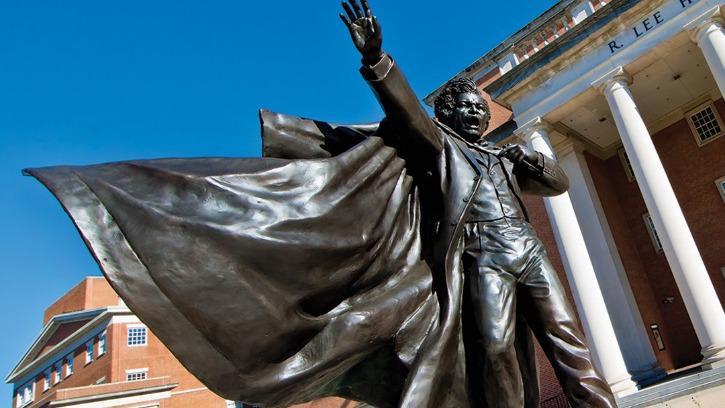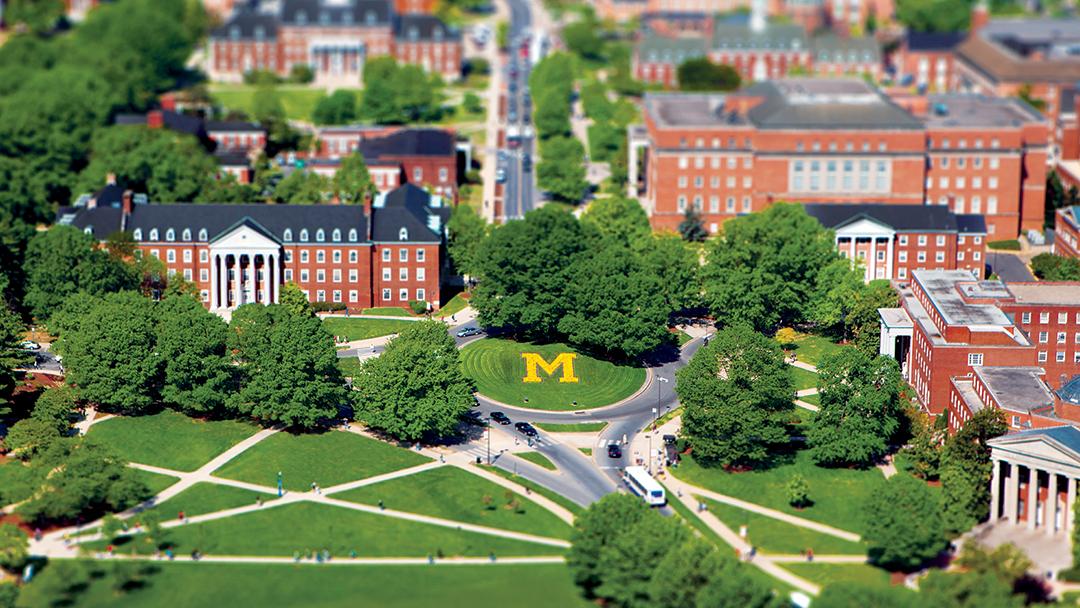About the Student Success Initiative
In March 2011, the University of Maryland geared up for a project to increase the retention and graduation rates of its most vulnerable population: Black men. Six years later, Tony Randall and the Student Success Initiative have built student-led programs that empower the Black student population academically, financially, and professionally.
When Tony Randall first became the Senior Manager of the Student Success Initiative (SSI) in 2011, the Black female student graduation rate was at 79 percent, and the Black male student graduation rate was comparably at 65 percent. The 2011 campus graduation rate stood at 81.9 percent. As Tony started to pitch the initiative to students, he found that students were passionate about this message, but felt it needed to come from other student voices. Thus, by November 2011, the Student Empowerment Project was born.
As an institution, we must build a campus culture that is strong and safe, where diversity is embraced, differences are valued, and students feel comfortable learning and growing.

As the Student Empowerment Project made headway in the student space by hosting general body meetings around topics of academic success, the student group lacked the communication they needed with the student body to make a wider impact Therefore, to build a digital voice for this initiative and its efforts, students began to organize the Student Success Media (SSM) (formerly UMSuccess) in 2012.
By 2014, the early phases of the Student Success Leadership Council (SSLC) started to come together to host large-scale events in which a community of excellence among Black Terps could be built. Through the efforts of these three student organizations that sit under SSI, a culture of excellence has been nurtured within the Black student community at the University of Maryland. Today, mentorship continues to be the key focus of the Student Empowerment Project, quality digital content is cultivated by UMSuccess and strong presidential, alumni and student attendance is still garnered at Student Success Leadership Council events.
Another influential aspect of SSI has been its triage work which consists of reaching out to students in financial and academic distress. To this day, this program reaches out to students who have not enrolled for the upcoming semester to resolve any acute issues holding them back from progression at the University of Maryland. In an institution of this size and caliber, individual students can often feel as if their presence does not matter or their achievements are not appreciated. Through the triage work, SSI finds solutions for the students struggling in their majors and experiencing an academic block, students who do not know how they will make up the rest of their tuition payment, or for students not able to finish their financial aid paperwork due to uncontrollable outside circumstances. The solutions provided to these students help to retain them at this institution.

Through all of the incredible efforts of SSI, the campus graduation rate now stands at 86.6 percent, the Black female student graduation rate at 86.2 percent and the Black male graduation rate at 74.3 percent (2016). As the organization continues to grow, commitment to produce successful Terps grows with it.
